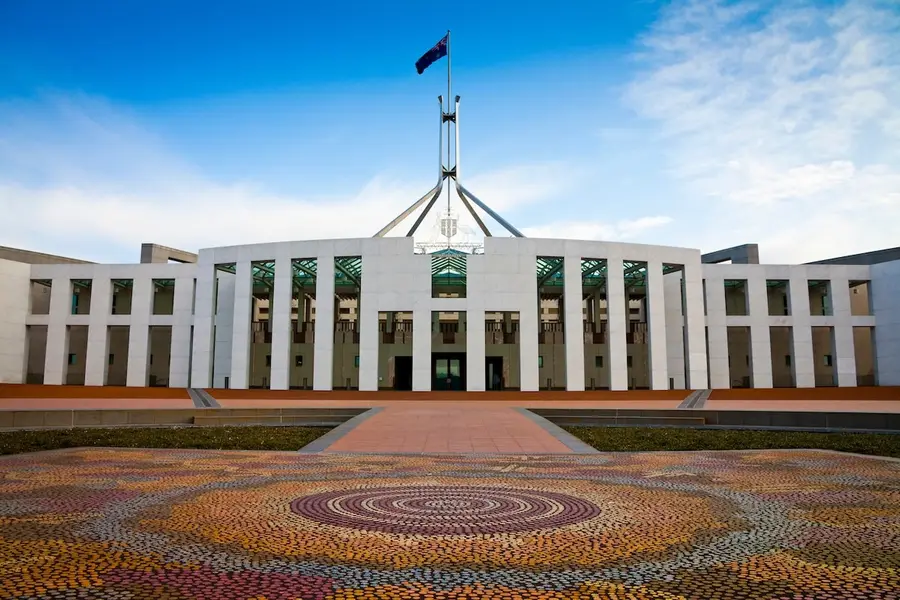BHP has confirmed that Stage 1 of its flagship Jansen potash project in Canada is now 68 per cent complete.
The major miner revised the capital expenditure (capex) for the underground potash mine to between $US7 billion ($10.6 billion) and $US7.4 billion ($11.2 billion), up from the original $US5.7 billion ($8.6 billion).
According to BHP, the increased budget reflects inflationary and real cost escalation pressures, design development and scope changes, and its current assessment of lower productivity outcomes over the construction period.
“We estimate capital expenditure to be in the range of $US7 billion to $US7.4 billion (including contingencies), versus our original estimate of $US5.7 billion, and first production to revert to the original schedule of mid-2027 (calender year 2027),” BHP chief executive officer Mike Henry said.
“Our group capex guidance remains $US11 billion for each of 2025–26 financial year (FY26) and FY27.”
The Jansen potash mine is expected to produce 4.15 million tonnes of potash per year, positioning BHP as a key player in the global fertiliser market.
The company has already invested $US4.5 billion into Jansen Stage 1, with an additional $US400 million allocated to Stage 2.
BHP is also reviewing the timeline for Jansen Stage 2, which is 11 per cent complete. Given anticipated new supply in the global potash market, BHP is considering a revised Stage 2 production start in FY31, extending from the previously planned FY29.
The company confirmed its capital guidance for FY26 and FY27 remains unchanged at approximately $US11 billion per year, confirming the revised Jansen figures fit within its long-term investment plans.
As BHP expands its portfolio beyond traditional commodities like iron ore, copper, and coal, the Jansen potash project is central to its strategy for future-facing growth.
“Join the companies that smart energy professionals follow – because when you’re featured on OGV, the industry pays attention.”











